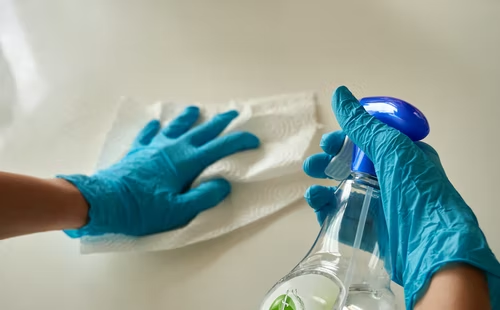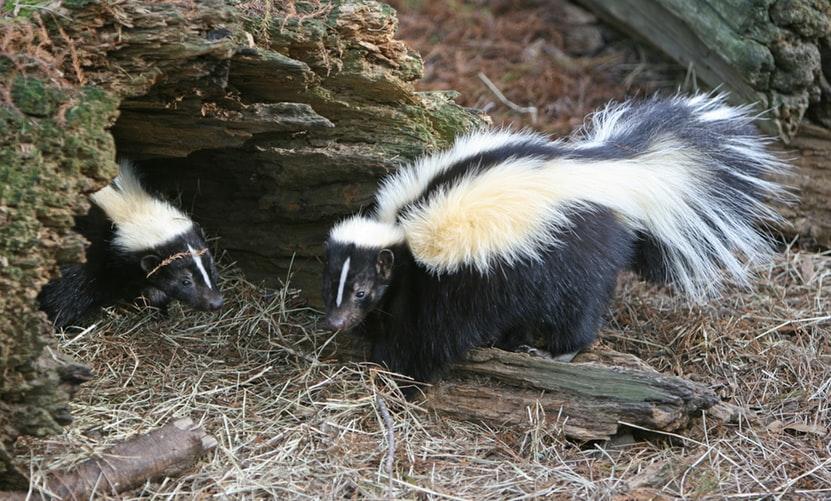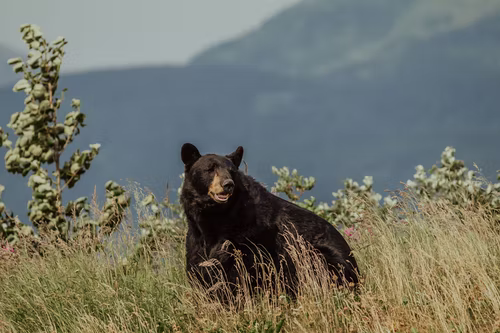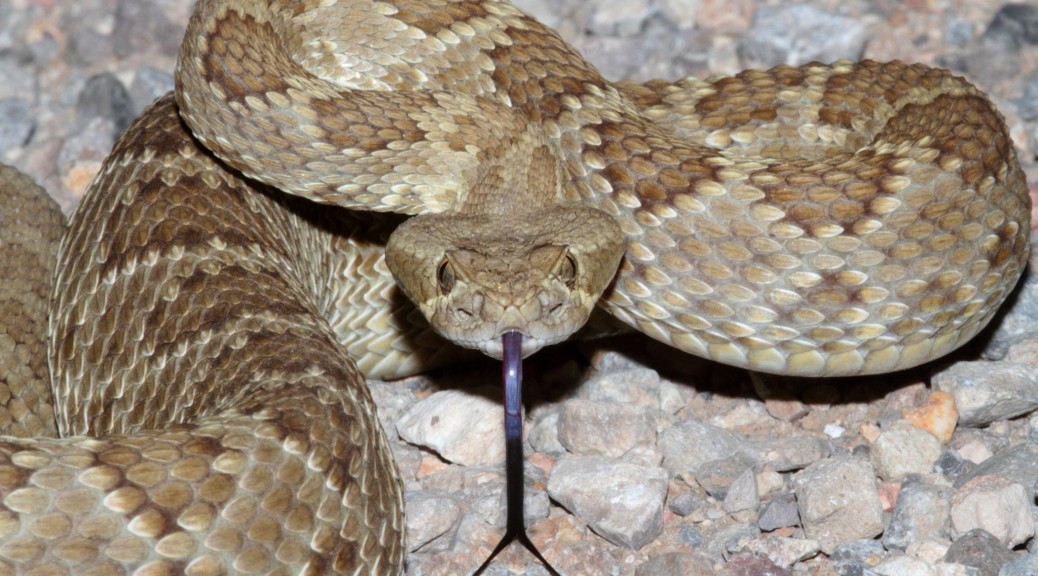Few odors are as offensive as skunk spray, but that’s the whole point. Any animal that encounters a skunk and gets sprayed is highly unlikely to approach it a second time!
Continue reading How to Remove Skunk Scent from Your HomeBest Practices When Approaching an Injured or Orphaned Animal
When we see an animal that appears to be in trouble, our first thought is usually, “What can I do to help them?” While your intentions are good, it’s important to know the right steps to take to avoid causing further harm. These best practices will help you to help orphaned or injured wildlife.
Continue reading Best Practices When Approaching an Injured or Orphaned Animal
Raccoons in Your Garden? Keep Them Out in 4 Easy Steps
Raccoons are opportunists in every sense of the word. When it comes to your vegetable garden, these “midnight bandits” will be more than happy to steal a few samples during a nightly foray. If they’re in your garden, these steps will help you repel raccoons.
How to Tell That Raccoons Are Invading Your Garden
There are a few ways to tell if you have a raccoon problem. Look for:
Holes – Raccoons are nocturnal omnivores that love insects, and they will dig holes in your lawn to find them.
Emptied or damaged bird feeders – These expert climbers have no qualms about damaging your bird feeders to get at seeds.
Tracks – Tiny prints that look like hands in the soil of your garden are sure signs of a raccoon visit.
Droppings – Raccoon feces can take many different shapes, but the appearance of berries in feces is a definite identifier.
Even if you don’t notice the above evidence of raccoon invasion, you can still apply the following steps.
Step 1 – Remove What Attracts Raccoons

The more raccoons find to eat on your property, the more frequently they’ll visit. So make sure that any food sources (including cans and bottles) are removed. Also, clean and disinfect your trash bins regularly to eliminate any pungent smells.
Other food sources include any pet food and bird feeders, so be sure these are removed before dusk when raccoons start to come out.
Step 2 – Deter Raccoons
There are many things raccoons can’t stand. Loud noises, certain scents, and bright lights are a few. Raccoons hate cayenne pepper and mustard seeds, which you can sprinkle at the garden’s edge and between plants.
Another great raccoon deterrent is tuning a small radio to a talk station and leaving it at low volume; raccoons will think humans are nearby and avoid the area. Motion lights installed near the garden will also help keep raccoons out.
Step 3 – Secure Trash and Recycling
Thanks to their hand-shaped paws, raccoons can get into all kinds of containers. When your trash, recycling, and compost bins are secured with sealed and lockable lids, raccoons won’t target your property on their next nocturnal adventure.
Step 4 – Install Fencing
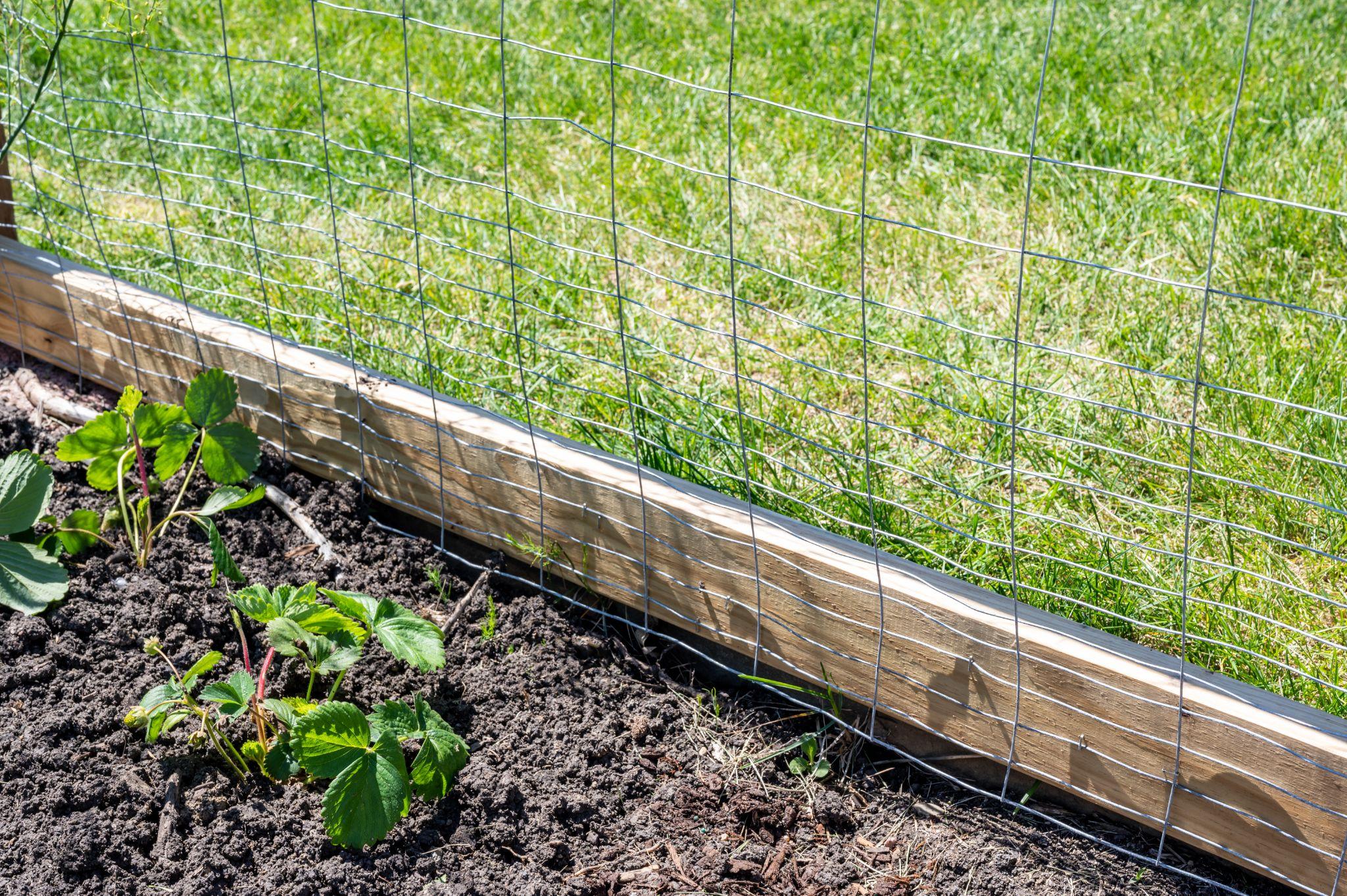
If you really want to get rid of raccoons, install electric or wire mesh fencing at your garden’s entry points. Electric fencing won’t hurt raccoons, but it will give them enough of a jolt to communicate that they’re not welcome. Ensure fencing is installed at least seven inches from the ground or buried between five and six inches into the ground to prevent digging.
Safe, Humane, and Professional Wildlife Removal
Keeping raccoons away can be difficult if they’re visiting in high numbers. Another effective way to prevent raccoons on your property is to call Animal Capture Wildlife Control.
We specialize in the safe and humane removal of raccoons, rodents, bats, and many other types of wildlife from properties in Los Angeles and the surrounding areas. Learn more about our services today.
Guide to Making Your Home a Pest-Free Environment
Because of their ability to cause damage and spread disease, pests can grow from a minor nuisance to a significant concern in a short period of time. Yet when you know the ins and outs of pest prevention, you can enjoy your home for years to come.
Continue reading Guide to Making Your Home a Pest-Free Environment
Common Diseases That Wildlife Carry
Fungi, bacteria, parasites, and viruses are all around us. When humans and wildlife are healthy, their natural defenses keep these organisms from causing serious damage. However, some pathogens can be present in fur, waste materials, and saliva, which can be dangerous to humans.
5 Common Reasons Rats Are Attracted to Your Home
Rats aren’t just pests—they’re also health hazards.
Carrying a cocktail of disease and bacteria, rat droppings can fester on floors and infest food, while rat bites carry the risk of kidney-destroying “rat bite fever.” To make matters worse, even the smallest rat infestations can decrease the value of your home.
Continue reading 5 Common Reasons Rats Are Attracted to Your Home
Behavioral Changes of Animals in the Summer
Animal Behavioral Changes
When the summer heat begins to affect wildlife, they adapt by changing certain behaviors. We review how skunks and raccoons respond to summer weather, how to recognize abnormal behavior, and what to do if they’ve made your property their home.
Continue reading Behavioral Changes of Animals in the Summer
Wildlife That Are Problematic During Every Season
While certain times of year may be the most active for some animal species, there are others that can pose a problem no matter when they appear on your property. The following wildlife can be problematic all year long.
Continue reading Wildlife That Are Problematic During Every Season
5 of the Most Dangerous Animals in California
The Sierra Nevada bioregion’s tropical climate makes it the ideal home for a number of dangerous wild animals. It’s best to avoid encounters with these 5 species wherever possible or, otherwise, treat them with extreme caution.
Continue reading 5 of the Most Dangerous Animals in California
California’s Most Venomous Rattlesnakes
California is home to several native snakes. While it’s possible to get bitten by any snake, there are several rattlesnake species and subspecies found here that are venomous. Here are the poisonous California snake species that you should be aware of.
Mojave
The Mojave Rattlesnake (Crotalus scutulatus) holds the titles for deadliest pit viper and most venomous snake in California and the world. This is because their venom is both hemotoxic (destroys blood vessels) and neurotoxic (can destroy nerves and nerve tissue). Left untreated, a snake bite from the Mojave will be fatal.
This snake’s bands are different sizes, unlike the Western Diamondback, whose bands are equally sized. It can be tan, yellow, gray, green, or brown in color, and it grows to be between three and four feet long.
Western

The Western Rattlesnake (Crotalus oreganus) actually describes three snake species, all venomous. Their venom is myotoxic (can destroy muscle cells), hemotoxic, and neurotoxic. If you think you’ve been bitten by this snake, get antivenom as soon as possible, as going untreated can be fatal.
Greenish gray or brown in color, this snake is often mistaken for a gopher snake. Markings appear as dark brown spots that are ringed by a lighter color on the back and sides, with a similar spot on the snout. It can be between three and five feet long.
Red Diamond
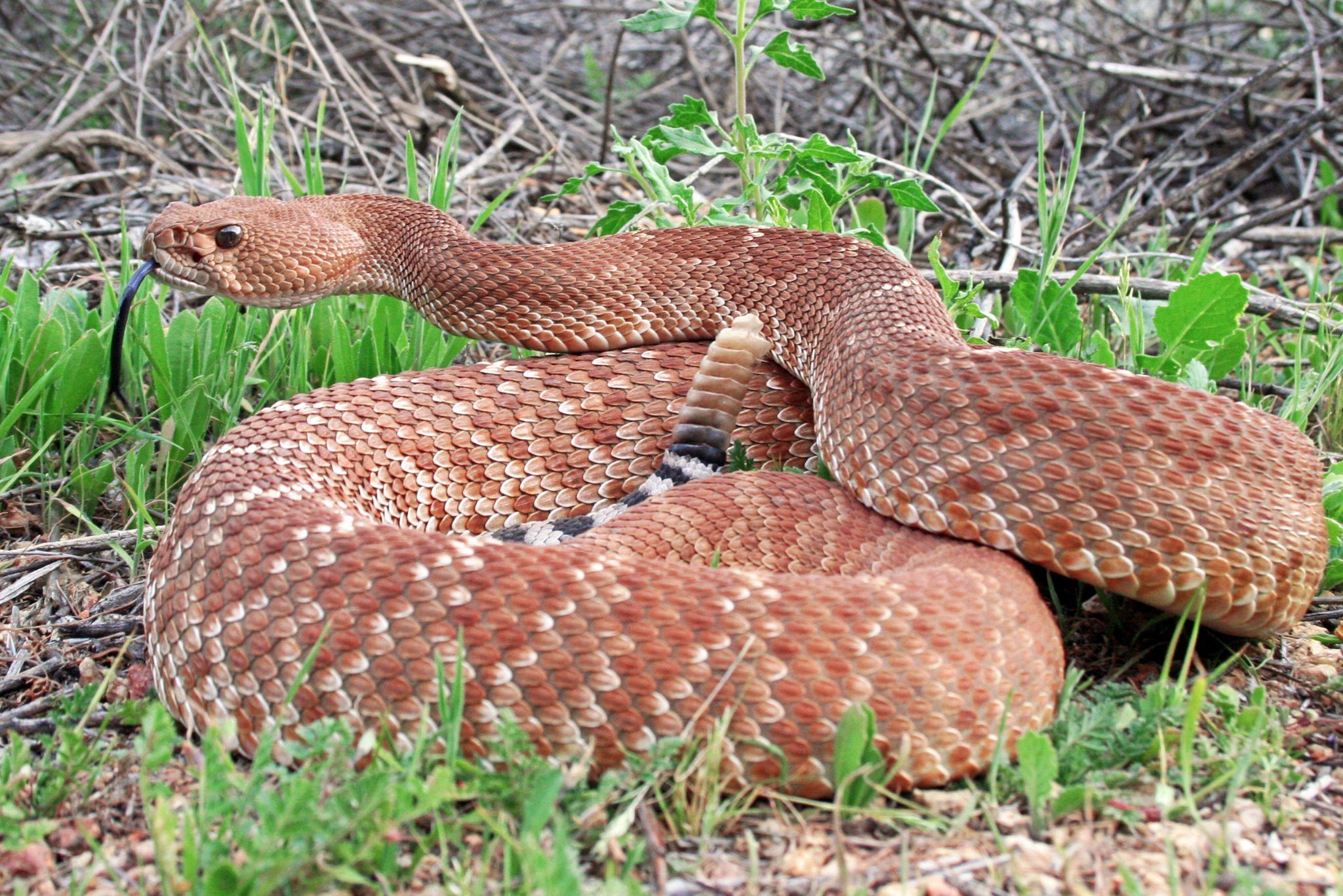
The Red Diamond Rattlesnake (Crotalus ruber) is an occasional climber whose venom represents the least potent of California’s venomous snakes. However, because it injects more venom than others, this rattlesnake’s bite is no less dangerous than a bite from other species.
This snake is easily identified by the black and white bands on its rattle, as well as the pale-bordered red diamond shapes on its back. A juvenile won’t have red diamonds, but it will have black and white bands on its rattle segment. Adults can grow to between three and five feet in length.
Southwestern Speckled
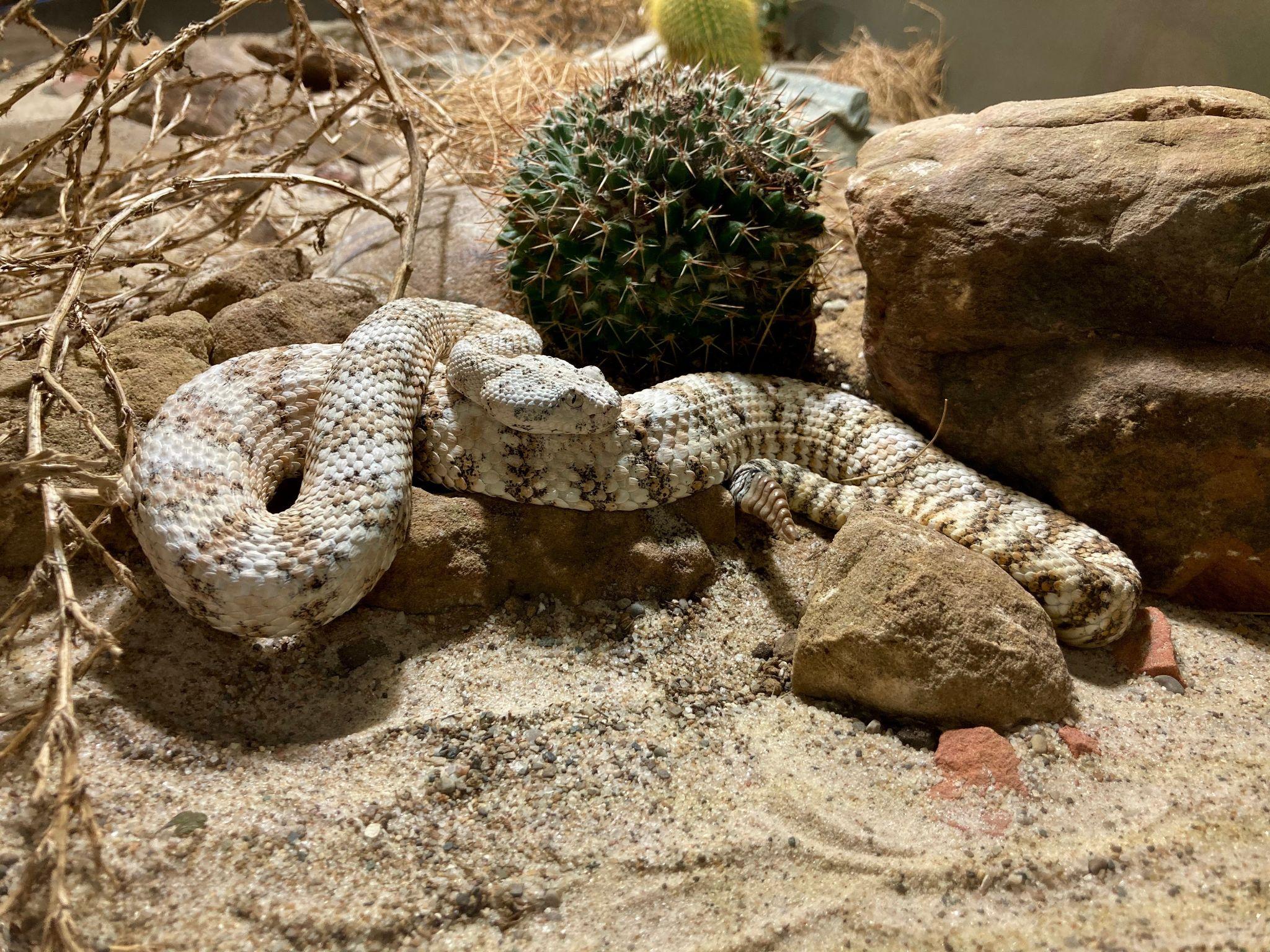
The Southwestern Speckled Rattlesnake (Crotalus mitchellii) has one subspecies; namely, the Panamint rattlesnake (Crotalus mitchellii stephensi). Both are common snakes in Southern California. Dormant during winter, the chemical composition of this pit viper’s venom is largely unknown. However, a bite can cause pain and necrosis, and the latter can lead to the need for amputation.
Identifying this snake can be difficult because the color combinations of its scales can vary so widely. However, it does grow to between 36 and 48 inches in length, with most individuals displaying brighter-colored banding toward their tails.
Need a Poisonous California Snake Removed?
If you notice any of the above dangerous snakes on your property, always be calm and slowly back away from them. Never try to agitate a snake by trying to poke it or pick it up. If you’ve been bitten, never try to treat a bite yourself. Instead, head to the nearest emergency room for evaluation.
Animal Capture Wildlife Control has over 20 years of experience in the safe and humane removal of wildlife in California. Visit us online to learn more.



